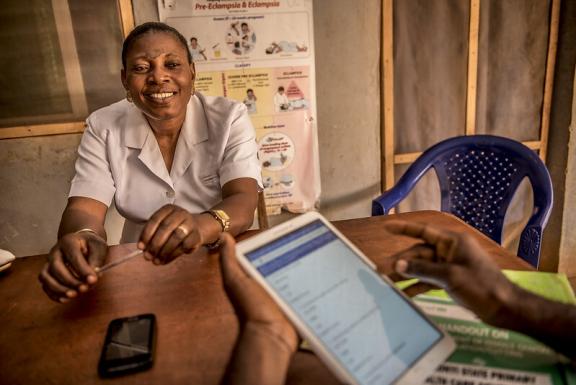
By Rosie Eldridge, Nutrition and Health Systems and Early Childhood Development Project Coordinator; Courtney Meyer, Publications Manager; and Sascha Lamstein, Senior Technical Advisor, USAID Advancing Nutrition
Implemented by health workers around the world, growth monitoring and promotion (GMP) is an approach that has the potential to prevent malnutrition. Identifying and addressing health risks, like growth faltering, before they become more serious problems is at the heart of the GMP approach. GMP involves routinely measuring children under five, tracking their growth, and providing tailored counseling to caregivers to facilitate the child’s health and development. In some cases, a child’s nutritional status or growth trend may indicate the need for referral to other health services.
Countries have faced many challenges implementing GMP, including inaccurate growth measurements, incomplete or inaccurate reporting, too much focus on nutritional status on the day of the visit rather than on the growth trend, and counseling that is not tailored to the child’s conditions and the caregiver’s circumstances. At a 2018 global convening, practitioners began strategizing how to strengthen the platform and developed a set of recommendations for the way forward.